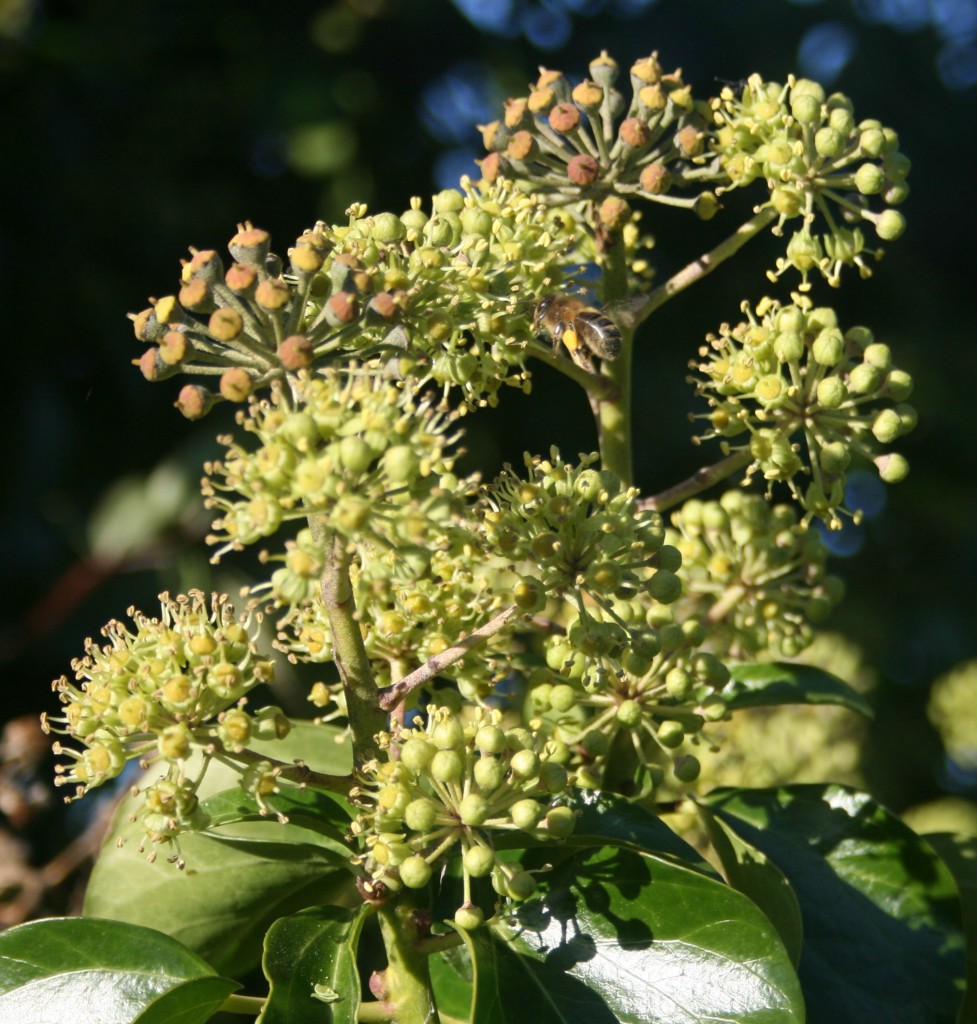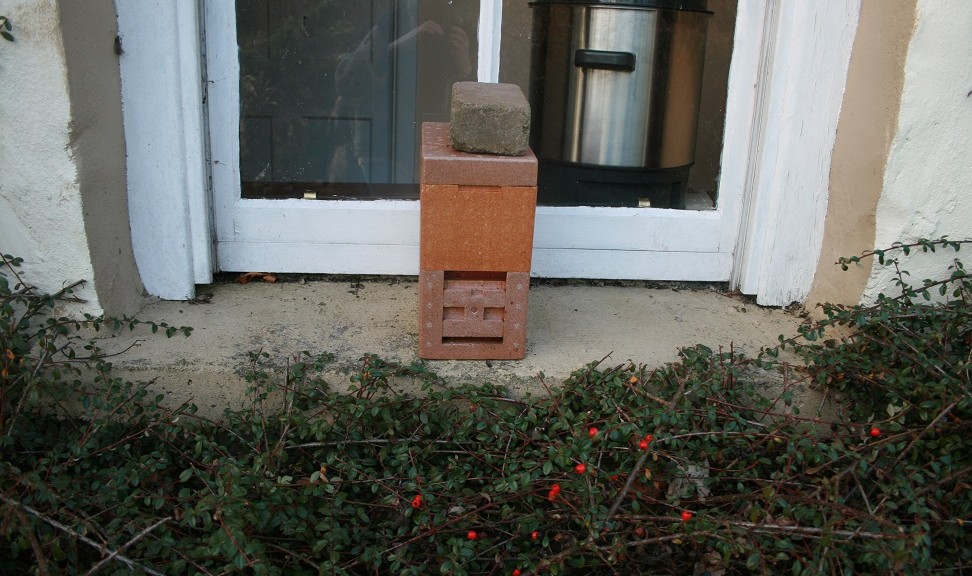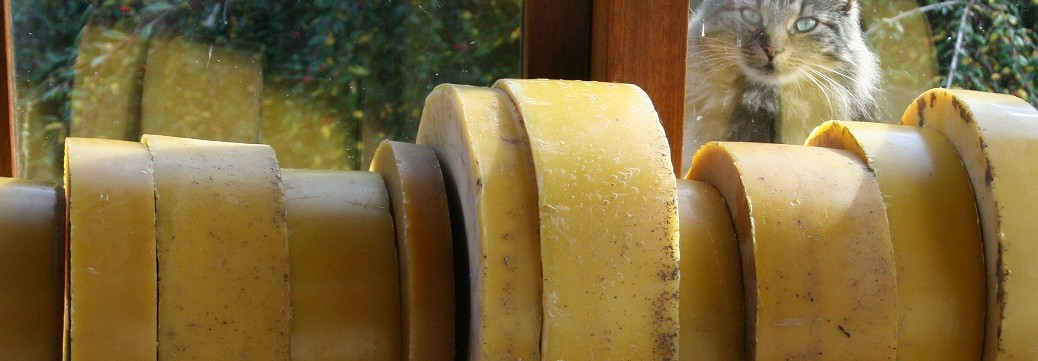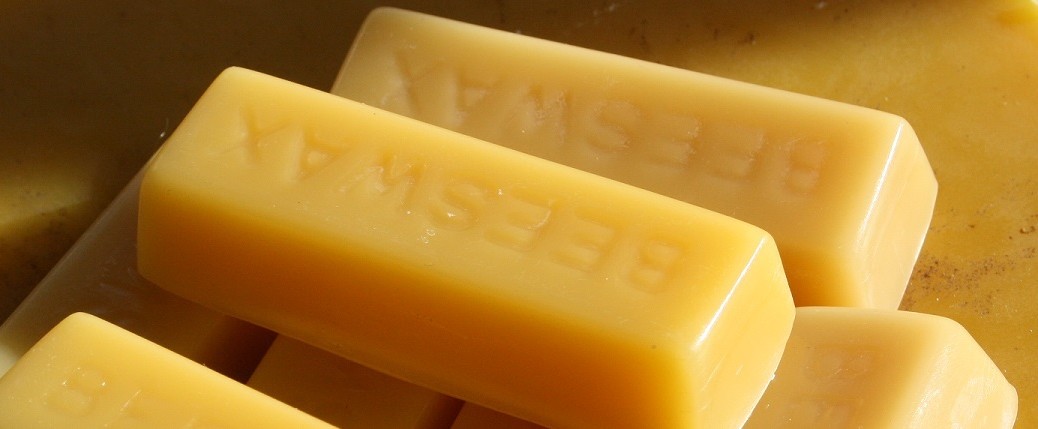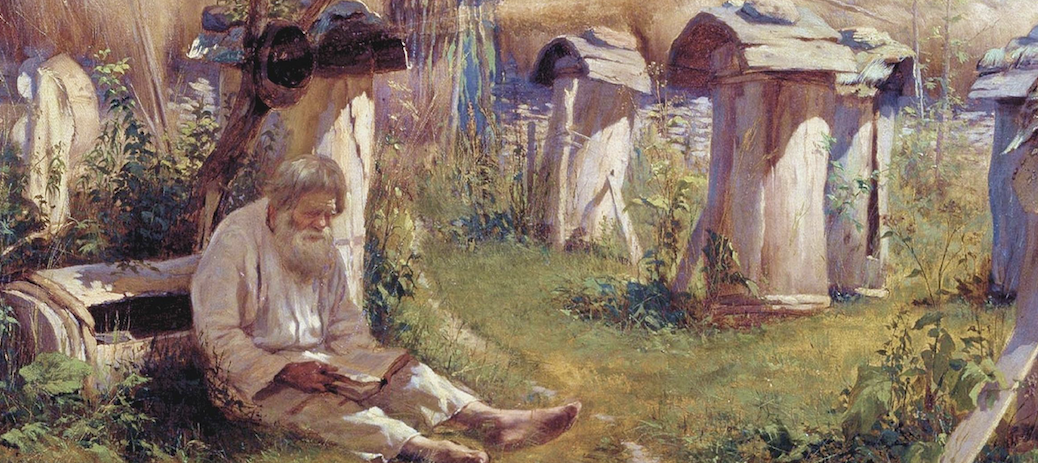This is a book for the winter; it is a slim volume – a mere 150 pages – but like a nutritious meal with plenty of fibre it requires time, concentration and a lot of chewing. When you read a book like this you realise just how little you know about bees – it really is packed with information.
He begins with queen rearing. Every aspect of queen rearing, from the selection of a queen rearing method, selection of starter and rearer colonies, queenright versus queenless, selection of eggs and larvae or queens and drones, even selection of the right bees for mini-nucs all is gone over with meticulous attention to detail, logical consideration and backed up with scientific study.
Detailed information on the mechanics of the various queen rearing manipulations is also supplied.
After pointing out the difference between queen rearing and bee breeding he moves on to consider which bee to breed from and points out that only breeding within a pure species will result in traits which are heritable. Good qualities often found in hybrids are not passed on reliably to the next generation so: “The starting point in breeding must therefore be the race, that is to say, a combination of genetic qualities sieved and tested by Nature herself.”
There is variability within each race, the performance of colonies can be evaluated and stocks either included or excluded from the breeding program depending on their characteristics. He gives six factors to be evaluated –
- Honey production;
- Spring build up;
- Urge to draw foundation;
- Absence of signs of inbreeding – gappy brood;
- Gentleness;
- Steadiness on the comb.
The identification of the chosen species is vital of course and much information is given on the methods such as observable characteristics such as colour, size and hairiness and less obvious features which can only be detected by more scientific methods such as wing morphometry.
I’m not going to go into wing morphometry here except to say that it is the study and and measurement of the veins and panels in the wings of the honeybee. From a distance this can look like a bottle of smoke until when you realise that these measurements are calibrated against those of preserved museum samples of bees from as far back as the Vikings – long before the importation of bees was thought of.
A chapter on bee genetics is never going to read like a bodice ripper but there should be a better way of getting this message across. Simply put – inbreeding is to be avoided or you’re going to get sluggish bees with gappy brood that don’t build up, can’t be bothered to go out to work and don’t overwinter with thrift or efficiency. Ring any bells?
This book is no walk in the park, nothing containing this level and amount of detailed information could be, but it is a vital reference-section occupant for the beekeeper’s bookshelf and for anyone serious about conserving their native bee it is essential reading – however difficult.
Good luck!
Copyright © Beespoke.info, 2014. All Rights Reserved.

